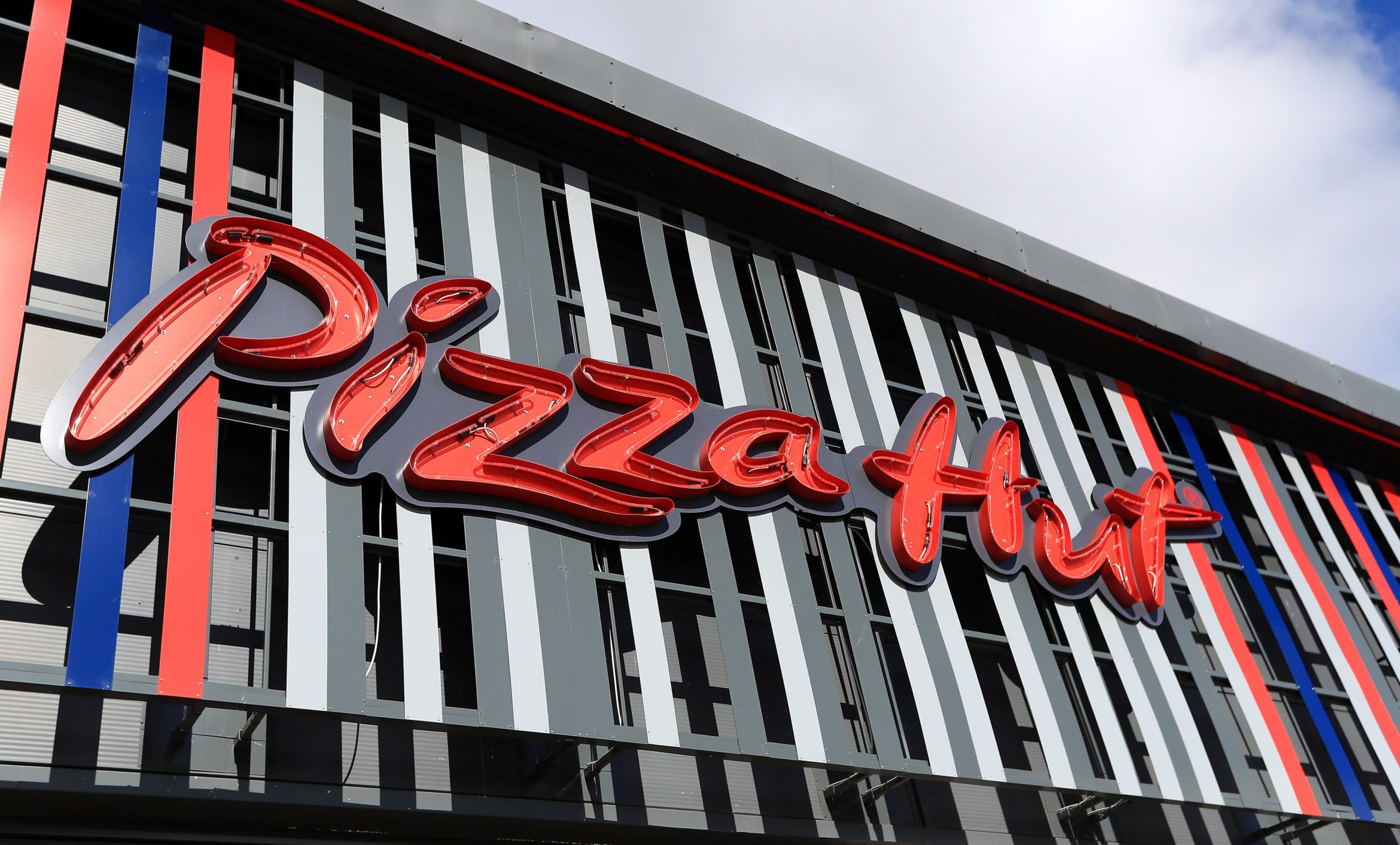[ad_1]

The Resolution Foundation says the number of people furloughed peaked in April
Photo: David Jensen/Empics Entertainment
More than half the workers to have been furloughed during the coronavirus pandemic are already likely to have returned to work, according to analysis of official statistics by the Resolution Foundation.
From today, 1 August, the financial support available to employers using the Coronavirus Job Retention Scheme begins to reduce, on a monthly basis, until it is withdrawn on 31 October.
The average increased cost to employers will be around £70 a month – or 5% of the employees’ pre-furloughed pay – because they now have to pay employer national insurance and pension contributions
HM Revenue and Customs’ statistical CJRS updates have shown that 9.5m people have been furloughed at some point since the scheme began in March.
However, media reports frequently reported that number as the current figure. The BBC reported earlier this week that “9.5 million people are using the scheme, the same as a week ago”.
Indeed, the Prime Minister, claimed on Twitter on 24 July that the government was “supporting the livelihoods of nine million people now through furlough”.
The Resolution Foundation research estimates that less than half that number remain furloughed today. The analysis, based on three separate surveys by the Office for National Statistics, suggests that the number of furloughed workers at any one time peaked at almost 8 million, as far back as late April.
Dan Tomlinson, senior economist at the Resolution Foundation and author of the report, said: “The Job Retention Scheme has supported around a third of the private sector workforce at some point since lockdown began, protecting family incomes and preventing catastrophic levels of unemployment.
“But with the number of furloughed workers having peaked in late April, it is misleading to say that nine million workers are currently furloughed. Over half of these workers have now returned to work as lockdown restrictions have eased. The true figure is below 4.5 million.”
The report calls on HMRC to end the “widespread confusion” around take-up of the CJRS by publishing data on currently furloughed workers.
The Foundation says that the peak and subsequent fall in the number of employees on the CJRS demonstrates the success of the scheme in protecting firms and workers during the lockdown’s introduction and easing. However, with millions of employees still being furloughed, the threat of significant redundancies loom large as the CJRS is phased out between August and October.
The report says that this risk is highest in hospitality and leisure, where an estimated four in 10 workers remain furloughed. The Foundation urges the government to adopt a slower approach to phasing in employer contributions to the costs of furloughed workers in these hardest hit sectors.
Tomlinson added: “There are still millions of employees without work, particularly in the hospitality and leisure sectors. These workers face a heightened risk of unemployment as the CJRS starts to be phased out from today. The chancellor should reduce this risk by phasing out support for these hardest hit sectors more slowly.”
HR Director opportunities on Personnel Today
[ad_2]
Source link





